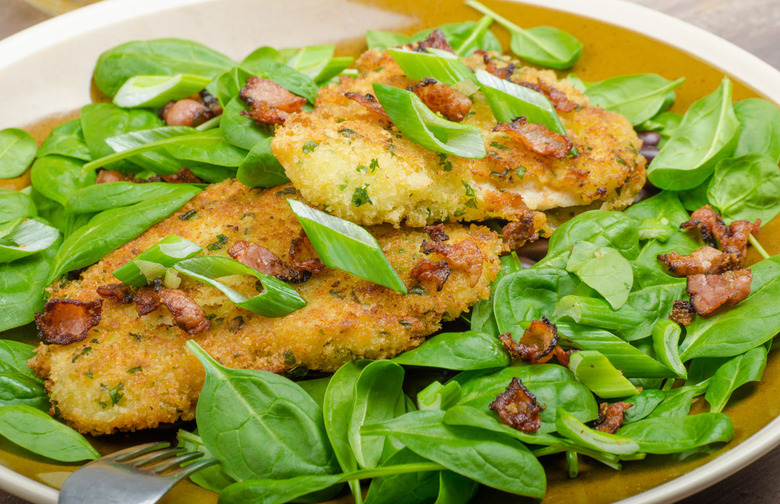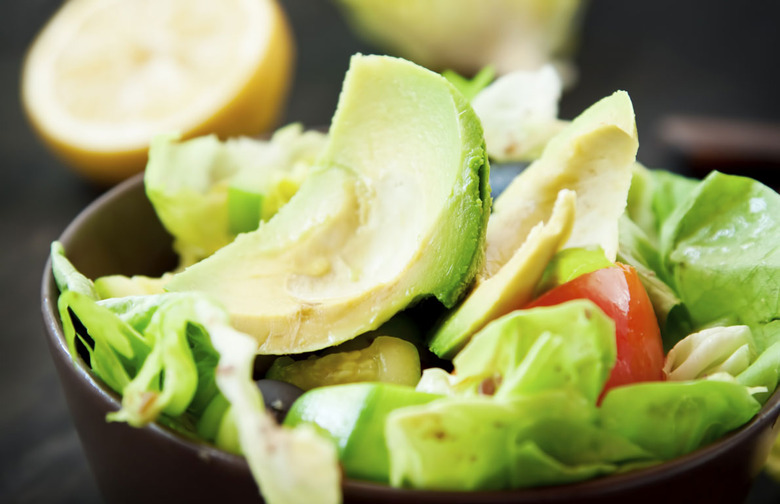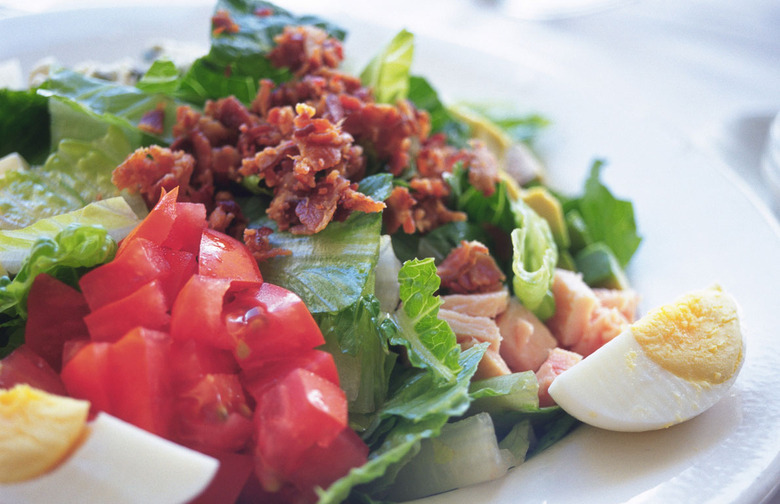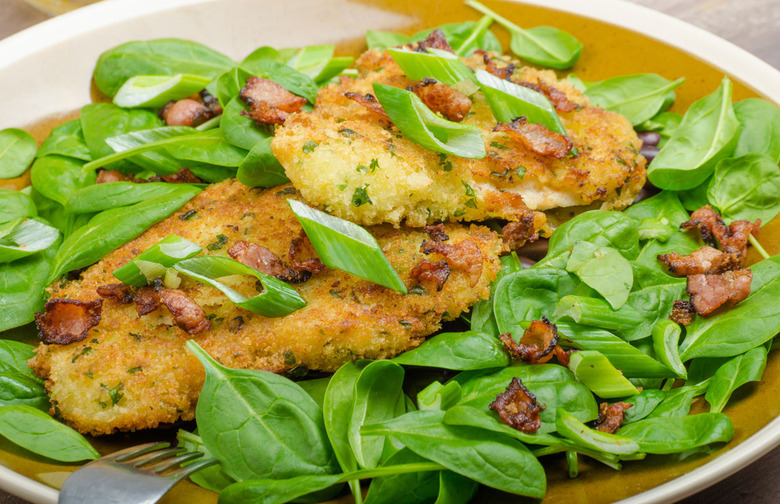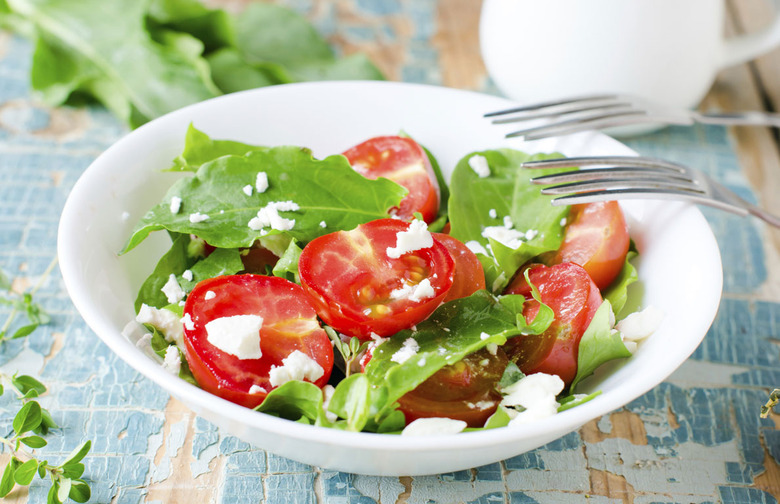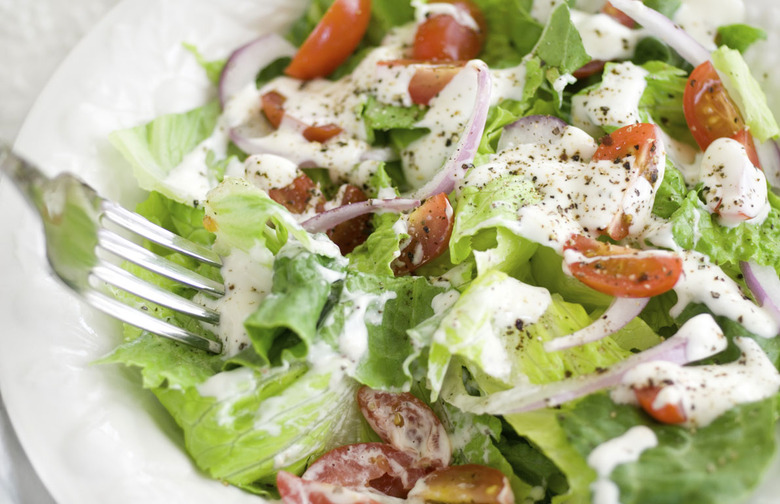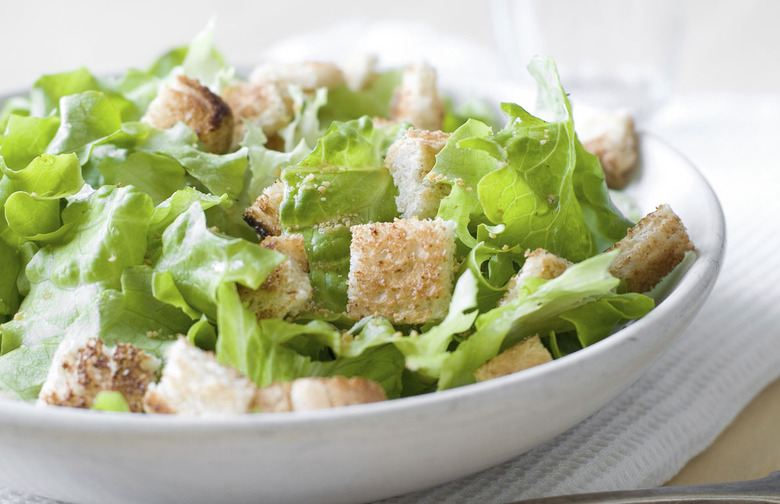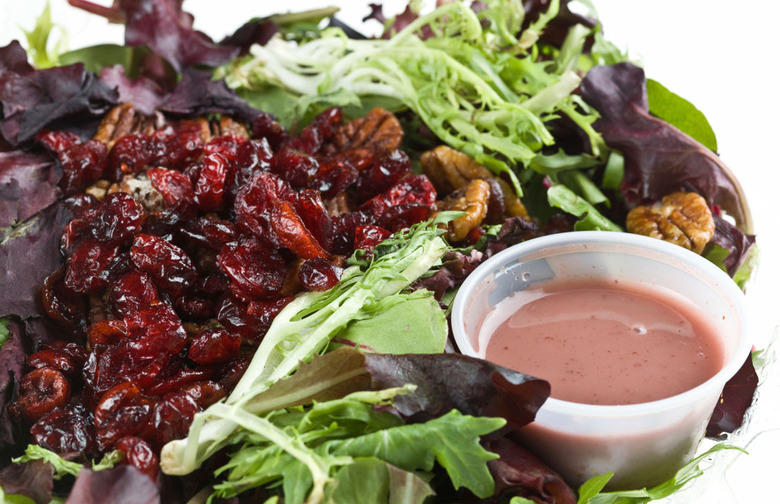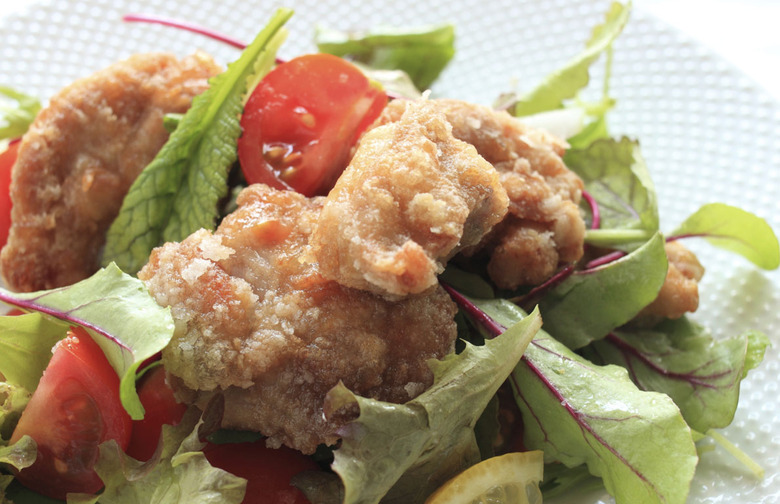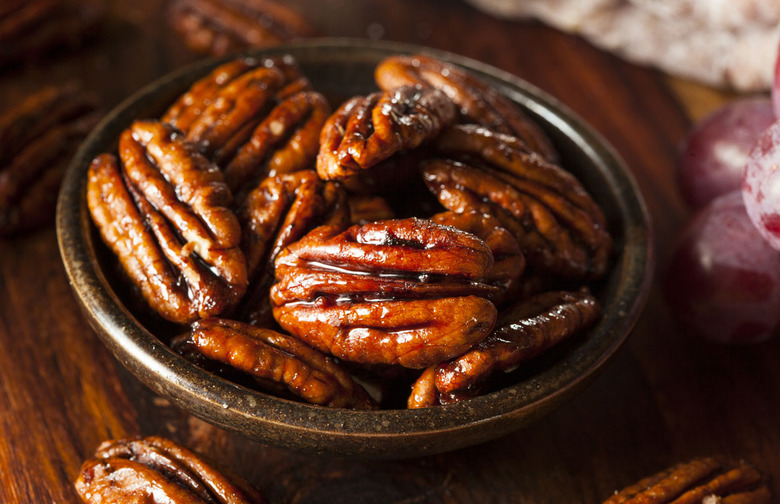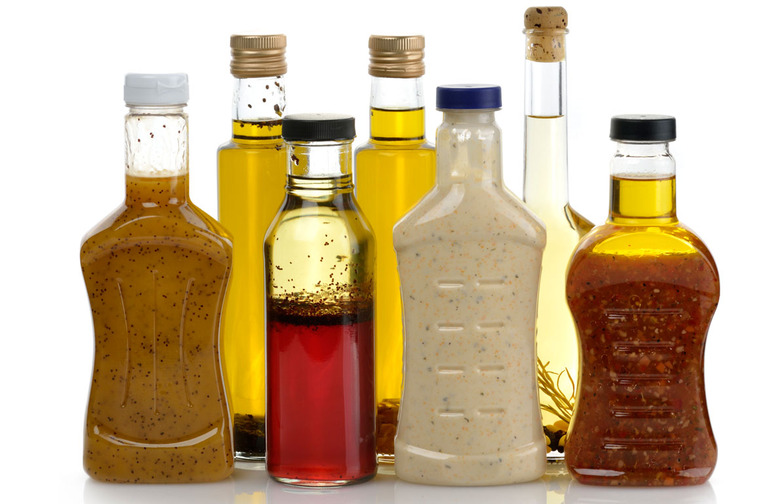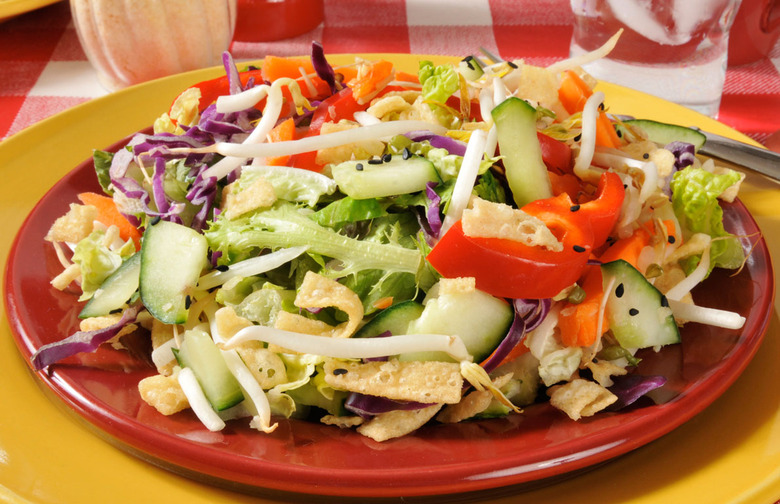These 13 Salad Toppings Are Making You Fat
Some salads aren't as healthy as they seem. Build a smarter salad by avoiding, or limiting, these ingredients.
Avocado
Even though avocado is a healthy food and should be a part of a well-balanced diet, most salads are topped with way too much of it. Avocado is high in calories and can sabotage your attempts to lose weight if eaten in excess. If you're using avocado on your salad, stick to a smaller portion; one cup of avocado cubes has about 240 calories.
Bacon
Bacon is a popular salad topping. It's a classic ingredient in Cobb salad and it adds a salty crunch to many others. Be wary of putting bacon in your salad, though; it has a high fat content and lots of sodium. Instead of bacon, try adding sunflower seeds to your salad for a salty crunch.
Breaded Proteins
It's a good idea to add protein to your salad, but not the fattening breaded kind. Breaded proteins have extra calories and fat, so stick to grilled options when you can.
Cheese
Cheese is another salad topping that doesn't necessarily have to be banned — instead, choose wisely and control portions. A few crumbles of feta, a few tablespoons of freshly grated Parmigiano-Reggiano, or a dollop of goat cheese can all be good options.
Creamy Salad Dressings
Skip creamy salad dressings like ranch, blue cheese, and Caesar, and opt instead for lighter vinaigrettes. Better yet, try topping your salad with a drizzle of olive oil, freshly squeezed lemon juice, and a pinch of salt.
Croutons
If you love croutons, try making your own, healthier version. Cut wholesome, whole-grain bread into cubes and then drizzle the pieces with a small amount of heart-healthy olive oil. Sprinkle the bread with salt (and garlic and herbs if you like) and then toast the pieces on a baking sheet in a 375 degree F oven for a few minutes, until browned on all sides.
Deli Meats
Some salads are topped with ham, salami, and other cured meats that are high in fat and sodium. For a healthier protein option, try adding grilled chicken, roasted turkey, or cooked beans and lentils.
Dried Fruit
Dried fruit seems healthy, but it contains a lot of sugar. Try adding sweetness to salad with fresh fruit instead; berries, mango, and watermelon are all delicious options.
Fried Foods
It probably seems obvious that if you're trying to eat healthy you should avoid salads that include any fried ingredients, but some of these elements can be harder to spot than others. Some common diet-busting fried salad toppings include lo mein noodles and popcorn chicken or shrimp.
Glazed or Sugared Nuts
Adding nuts to your salad is an easy way to give it some extra protein and crunch. Just be sure to use raw or roasted no-sugar added nuts, and control your portion size. In general, a small handful of nuts is a good amount.
Sugary Salad Dressings
Check the label on store-bought salad dressings and look for options where sugar (in its many forms) doesn't appear until at least the fifth ingredient on the ingredient list. Better yet, make your own sugar-free dressing by whisking some olive oil into a mixture of your favorite vinegar, salt, pepper, and minced fresh herbs until a vinaigrette forms.
Tortilla Chips and Strips
Common in Southwestern-style salads, tortilla chips and strips are crunchy and delicious, but they are also high in fat and calories. Avoid salad with lots of crunchy tortilla strips on top, or ones that are served in a fried tortilla "bowl." Many Southwestern-style salads also include beans and corn — two ingredients that will help keep you full, no tortilla chips needed.
Wonton Strips
Wonton strips are another crunchy, fried salad topping that can sabotage your healthy eating goals. Try adding slivered almonds to your salad if you want some extra crunch.
